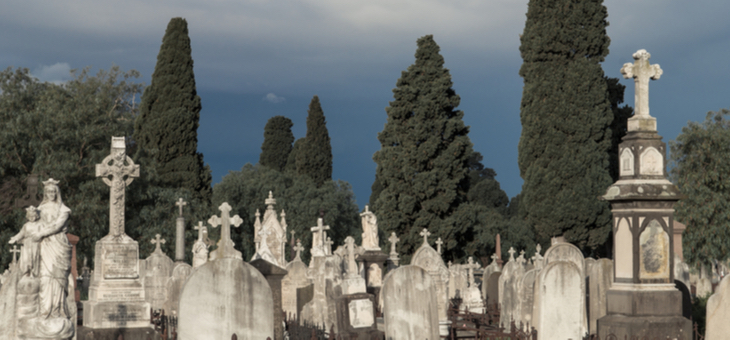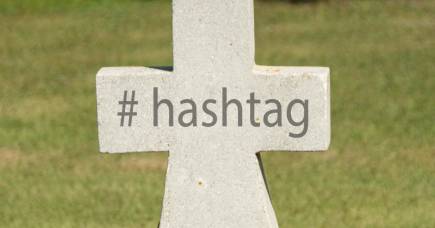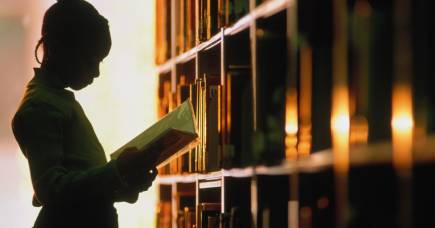Bringing new life to cemeteries
Are cemeteries just for the dead and remembering them? Is it okay to jog or cycle through a cemetery? Should you be able to listen to live music or to dance among the gravestones?
Large metropolitan cemeteries have been common in Europe since the 18th century, when fears about sanitation caused cities to close their overcrowded churchyard burial grounds and move the dead to dedicated sites on the city outskirts.
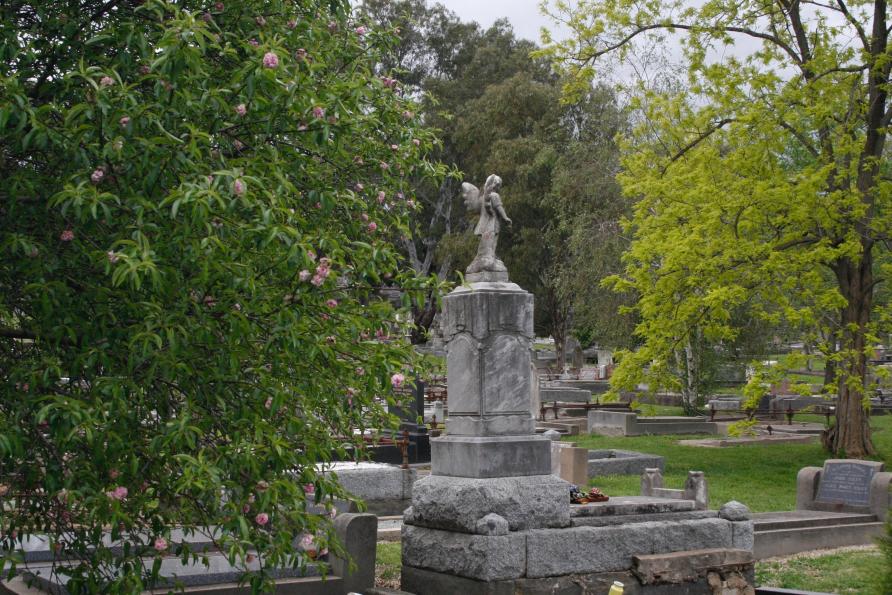 Researchers are exploring the potential for cemeteries to be more than traditional places for memorialising those who have passed away. Picture: Claudia Hooper
Researchers are exploring the potential for cemeteries to be more than traditional places for memorialising those who have passed away. Picture: Claudia Hooper
The trend took longer to come to Australia, but as cities like Melbourne became densely populated their cemeteries were gradually moved to the urban fringe, where they now occupy wide areas of land. In 1922, Melbourne’s first major cemetery was closed to make way for the expansion of the Queen Victoria Market and its graves were relocated to suburban cemeteries.
Today, Australia’s cemeteries are places to respect, remember and contemplate the lives of loved ones for many different communities and faiths.
Beyond beauty
However, space is at a premium and some of Melbourne’s most well-known cemeteries have few plots remaining. Others are ‘closed’ and have not had a burial since the early 1970s. Graves can’t be disturbed because the rights to them have been granted in perpetuity, placing considerable constraints on the operators and also limiting community use of the space.
Anthropologist Dr Hannah Gould and the DeathTech team from the University of Melbourne are working to discover and assess the potential of new technologies to enhance the experience of cemeteries, not just for bereaved families, but for wider communities.
Their Australian Research Council-funded Future Cemetery Project with the Greater Metropolitan Cemeteries Trust (GMCT) looks at how these existing large public sites could be used for a range of activities that strengthen community connections, and how new cemeteries should be designed to meet future community needs.
“Melbourne’s public cemeteries are an important part of our local history. But how do we want these spaces to function in future? Can the dead exist alongside public places for art and performance for example?” asks Dr Gould.
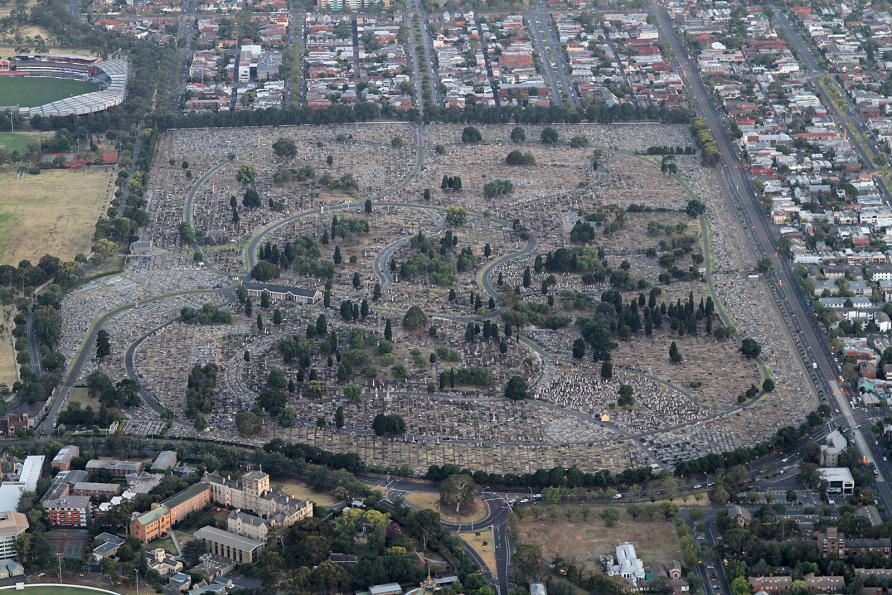 Large metropolitan cemeteries like the Melbourne General Cemetery replaced earlier small church graveyards. Picture: John O’Neill/Wikipedia
Large metropolitan cemeteries like the Melbourne General Cemetery replaced earlier small church graveyards. Picture: John O’Neill/Wikipedia
She adds that cemeteries have never been just ‘creepy’ places. Historically, they have been used as public art galleries and places for a day out or a promenade. Many Parisian cemeteries are incredibly beautiful, with sites like Père Lachaise Cemetery featuring decorative angels, gorgeous landscaping and famous interments to entice touristes to visit.
And for some cemeteries, their main original purpose in catering to a specific group no longer applies.
Your online life after death
“Many cemeteries nowadays contain the remains of communities who no longer populate that area. We see this for example with the Northcote German cemetery,” says Dr Gould.
“In this sense, there is a tension between what we want to do to protect and preserve those sites to fulfil our obligations to the dead, and how we may want to use the space for the contemporary communities who live in the area.”
In a recent survey of 1042 people, supported by GMCT, the DeathTech team found that older people were generally more open to newer ways of using cemeteries. Older people were more likely than younger people to say that the cemetery should be a place to walk the dog, go for a jog, learn about the local area or visit famous graves as a tourist.
Around a third of people in the survey said that cemeteries should only be used for their traditional purposes of burial and memorialisation.
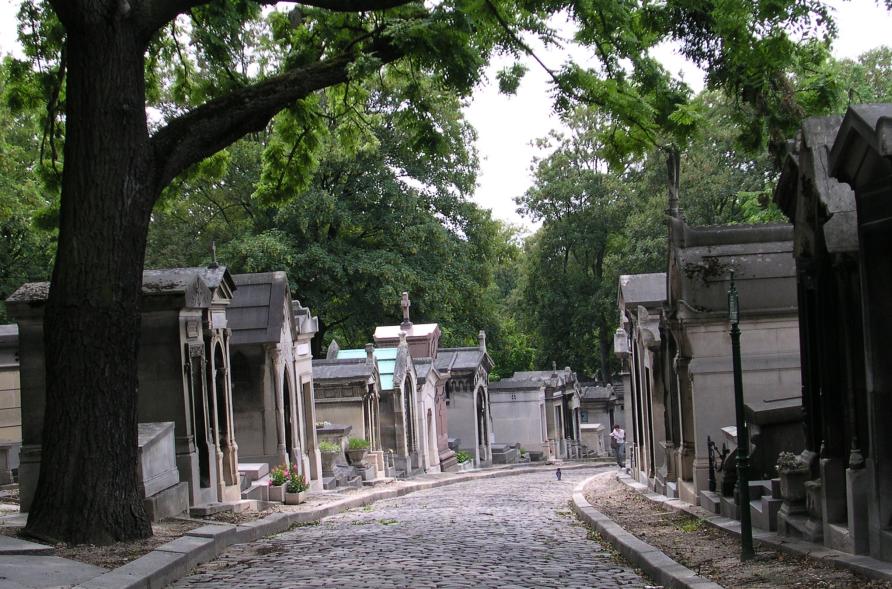 The beauty of cemeteries like Pére Lauchaise in Paris encourages visitors take pleasure in the surroundings. Picture: Peter Poradisch/Wikimedia
The beauty of cemeteries like Pére Lauchaise in Paris encourages visitors take pleasure in the surroundings. Picture: Peter Poradisch/Wikimedia
Meantime, around the world cemeteries have begun to adopt new technologies to improve their visitors’ experiences, reduce their environmental footprints, and extend the personalisation of services in response to changing community desires.
New technologies include the potential for digital augmentation of grave management and visitation (like way-finding apps), as well as new alternatives to conventional burial and cremation and new designs for landscaping and flora.
Australian literature’s great silence
There is also the potential for real-time virtual offerings from distant loved ones, where an individual could use their smartphone to order items they’d like to see placed at a memorial site and watch that happen online or through augmented reality.
In response to social distancing restrictions brought about by COVID-19, GMCT recently introduced a service to order flowers to be delivered to a loved one’s grave.
“Our research team want to go beyond taboos and learn more about the changes taking place in Australia when it comes to what we want to do with our dead.”
There are clear cultural and religious differences. For some cultures it is crucial to bury the dead. Yet in Australia, close to 70 per cent of people say their preference is to be cremated. According to Dr Gould, this preference for cremation is likely driven by the rising costs of burial, land shortages for cemeteries and the largely secular nature of Australia.
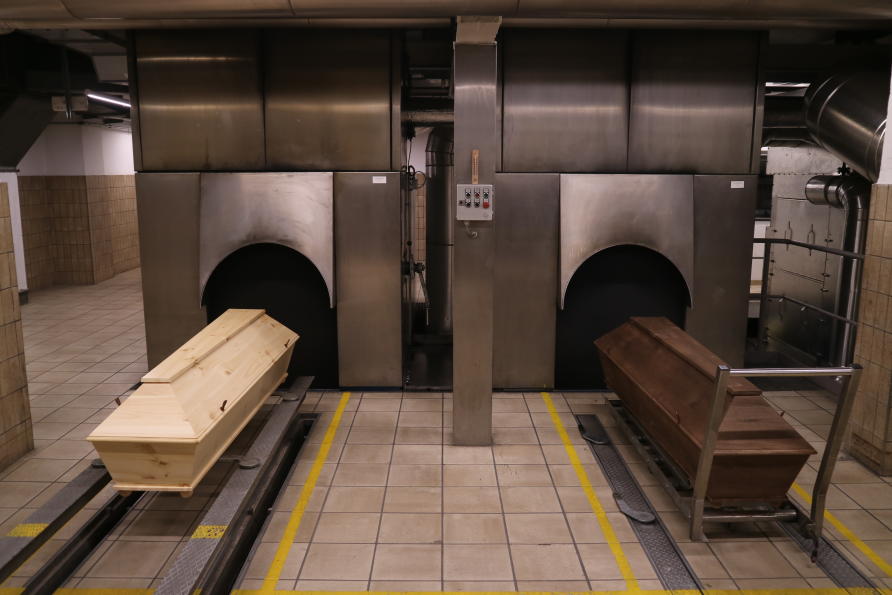 In Australia, close to 70 per cent of people say their preference is to be cremated. Picture: Georg Lippitsch/Wikipedia
In Australia, close to 70 per cent of people say their preference is to be cremated. Picture: Georg Lippitsch/Wikipedia
“Secularism and focus on the individual’s life is a hallmark of many Australian funerals – they’re full of PowerPoint presentations of people’s lives, speeches, and so on. Many are quite nonreligious.”
“The decision in 1963 by the Catholic Church to endorse cremation as an option has also helped, along with a long history of migration from cultures in Asia where cremation is standard.”
The something in nothing
The survey suggests a growing acceptance of more ‘eco-friendly’ or natural burial methods among younger respondents. Death-care industries are adapting to this by offering new ways of disposing of human remains.
For example, you can now be buried in a suit woven with mushrooms and spores that help to decompose the body faster, helping to (at least in theory) reduce environmental contaminants.
Meanwhile, to the west of Melbourne there is a smaller cemetery that offers upright or vertical burials that take up less space and are covered in farmland, providing a lower environmental impact than traditional burial sites.
Discussing these alternatives can cause discomfort for many people. For example, 22 per cent of survey respondents rated the idea of upright burial very negatively.
“There can often be a lot of unease with the idea of vertical burial. It’s seen as too restless and with too much movement,” says Dr Gould.
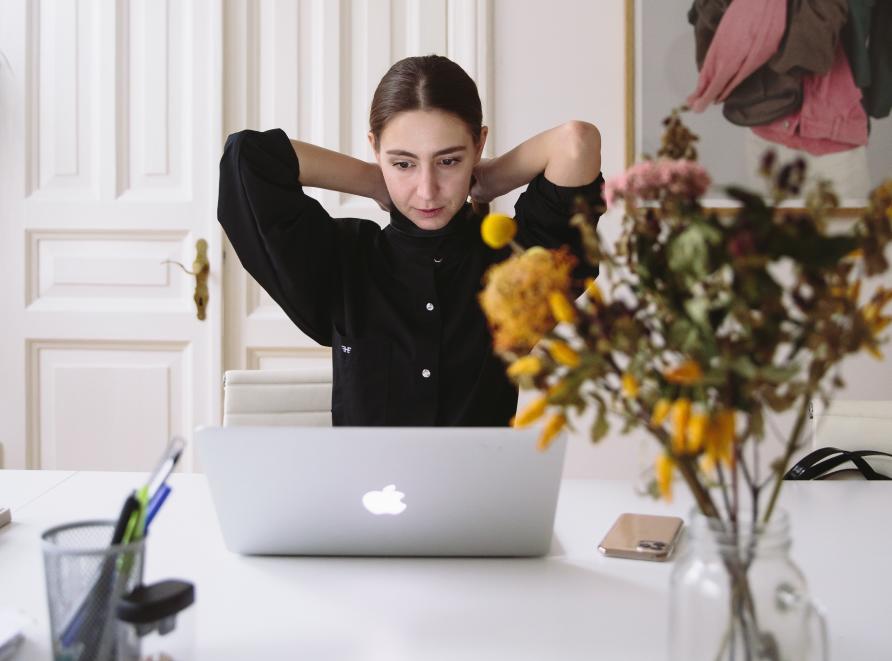 COVID-19 has forced people to embrace new technology in funeral settings, like live streaming services. Picture: Polina Zimmerman/Pexels
COVID-19 has forced people to embrace new technology in funeral settings, like live streaming services. Picture: Polina Zimmerman/Pexels
But according to the University of Melbourne survey, the Australian public is relatively open to new ideas. When asked about a myriad of ‘novel’ ways to dispose of a body – including upright burial, natural burial, burial at sea, alkaline hydrolysis in which chemicals and water are used to dissolve soft tissue, human composting and freeze drying to powder (promession) – most respondents reported no negative sentiments.
The willingness or unwillingness to adopt new technologies is a keen interest of Dr Gould, who wants to understand how new memorialisation traditions become meaningful and feel ‘right’.
The weird world of Christmas traditions
“In many ways, a ritual tradition holds meaning because it’s repeated. So when you introduce a new way of doing things, how do people invest that with significance and when do people become comfortable with it?” asks Dr Gould.
“We’ve had the technology to record and livestream funerals for a long time, but it wasn’t widely used because it felt contrary to tradition. With COVID-19 restrictions, we’ve seen people forced to try new things. The real question now is what will people make of those experiences? Now that it’s more familiar, will we see a permanent change?”
Dr Gould emphasises that there are many challenges facing the future of cemeteries in catering to the needs of a diverse community whose preferences may shift significantly from one generation to the next.
She says the planning for future cemeteries and places to memorialise the dead will need to consider more than cultural mores, but financial constraints, environmental impact and the potential for community-building sites.
And just like the shift from the small church graveyard to the large metropolitan cemetery, future sites for remembering the dead are likely to be radically different from what we know today.
Dr Hannah Gould and Professor Tamara Kohn are delivering a webinar exploring different experiences of dying, death, disposal and commemoration in a changing world. ‘DeathTech: Redesigning death for the 21st century and beyond’ takes place on Thursday 5 November 2020 and you can register here.
Banner image: Getty Images
If you enjoy our content, don’t keep it to yourself. Share our free eNews with your friends and encourage them to sign up.
Related articles:
https://www.yourlifechoices.com.au/nanna–and-the-family-home
https://www.yourlifechoices.com.au/health/your-health/daring-to-confront-our-inner-self
https://www.yourlifechoices.com.au/fun/entertainment/explained-the-big-three-of-astrology

